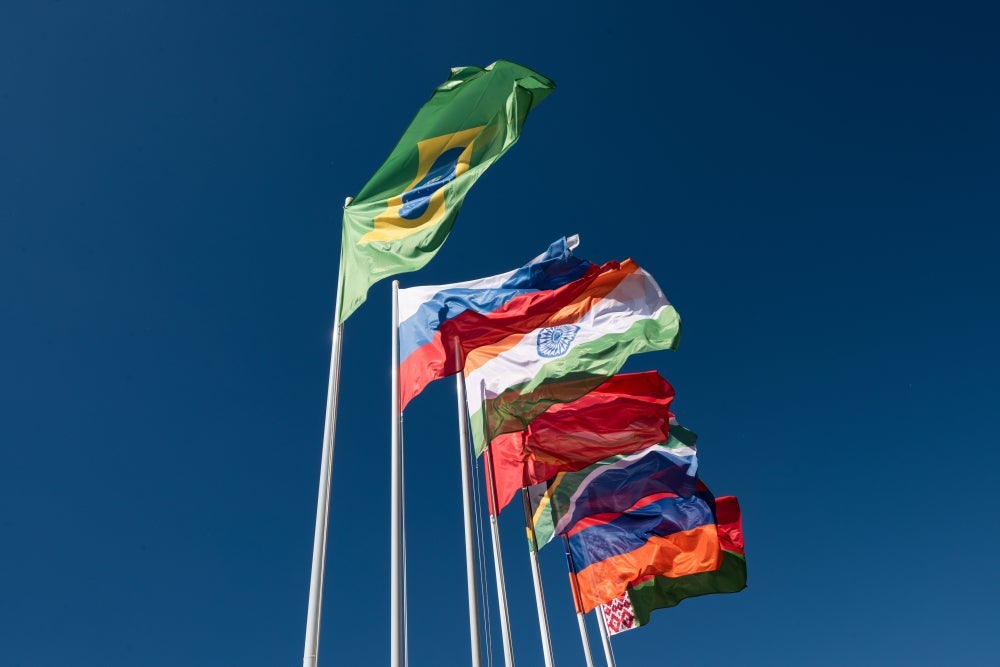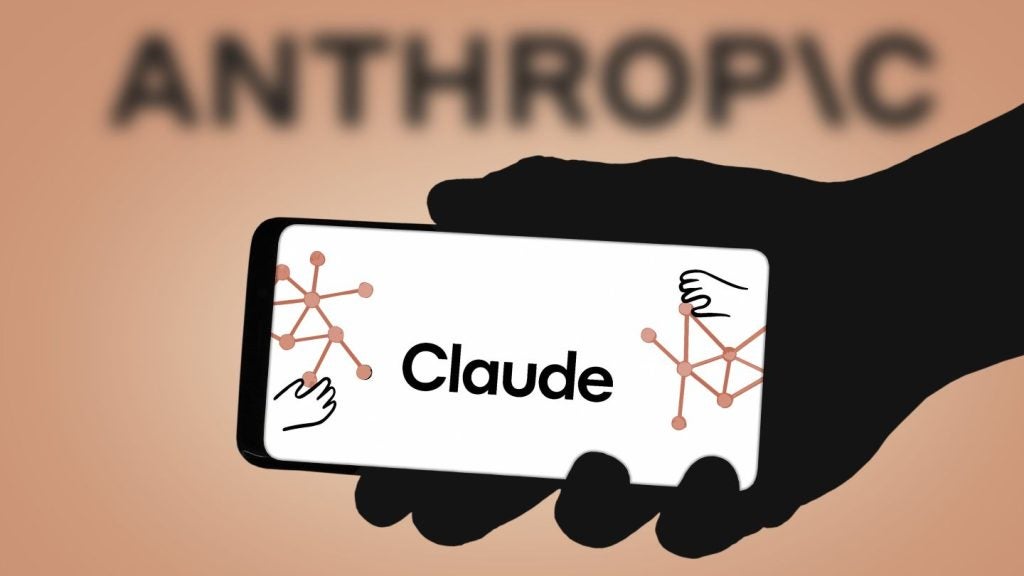
Leaders of the coalition of emerging market nations, consisting of Brazil, Russia, India, China and South Africa (BRICS), have formally invited Argentina, Egypt, Ethiopia, Iran, Saudi Arabia and the United Arab Emirates, to join the alliance in a major expansion push.
In a speech during the BRICS 15th summit, South Africa’s president and current BRICS chair, Cyril Ramaphosa, invited the six nations to join the group. Their proposed membership would take effect on 1 January 2024.
“As the five BRICS members, we have reached agreement on the guiding principles, standards, criteria and procedures of the BRICS expansion process. We have consensus on the first phase of this expansion process,” Ramaphosa said in his speech on 24 August.
Ramaphosa added that other nations could also join the alliance and that BRICS’ foreign ministers began developing on a BRICS partner country model and that a list of countries would be presented by the next BRICS summit in 2024. The next summit is set to be held in Kazan in Russia.
Prior to the current summit, a total of 40 countries expressed interest in joining the alliance, with 22 formally asking to join, according to South Africa’s top diplomat.
“In the current BRICS setup, there has to be unanimous agreement of the original five to accept new members, with China as the most important voice,” says Jon Harrison, managing director, emerging markets macro strategy at consultancy TS Lombard.
“[So] oil exporting countries make sense, especially Saudi Arabia and Iran between whom China has just brokered a peace deal. UAE is India’s largest export partner in the Middle East and third largest globally after US and China,” he adds.
“Argentina is an important food exporter, and also has strong ties with Brazil, including recent talk of a ‘common currency’, says Harrison. “Egypt has strengthened ties with Russia in recent years and is a big recipient of Russian technology, including nuclear reactors. Ethiopia is among the largest recipients of foreign direct investment (FDI) from China in Africa and has obvious geographical importance, as well as good relations with South Africa.”
The BRICS have come a long way since 2001, when Jim O’Neill, the former Goldman Sachs’ chief economist first developed the concept of BRIC nations (excluding South Africa at the time).
Since their first summit in 2009, BRICS have sought to counter the US-led world economic order by creating alternative financial institutions. Leaders have also advocated for greater dedollarisation by using national currencies, as well as calling for a BRICS common currency.
BRICS represent more than 42% of the global population, 30% of the world’s land territory, 23% of GDP and 18% of global trade, according to the World Bank.
The group increased their annual FDI inflows from $84bn in 2001 to $355bn in 2021, according to data from the UN Conference on Trade and Development. The BRICS’ share in global FDI inflows jumped from 11% in 2001 to 22% in 2021.






